Yoga Retreats in Spain
Insiders tips

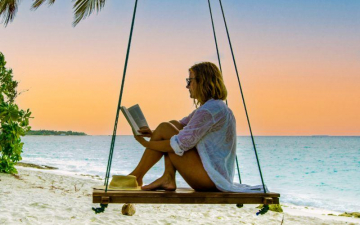
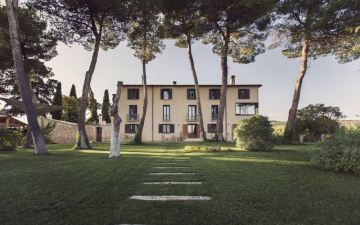
Discover all our Yoga Retreats Spain holidays
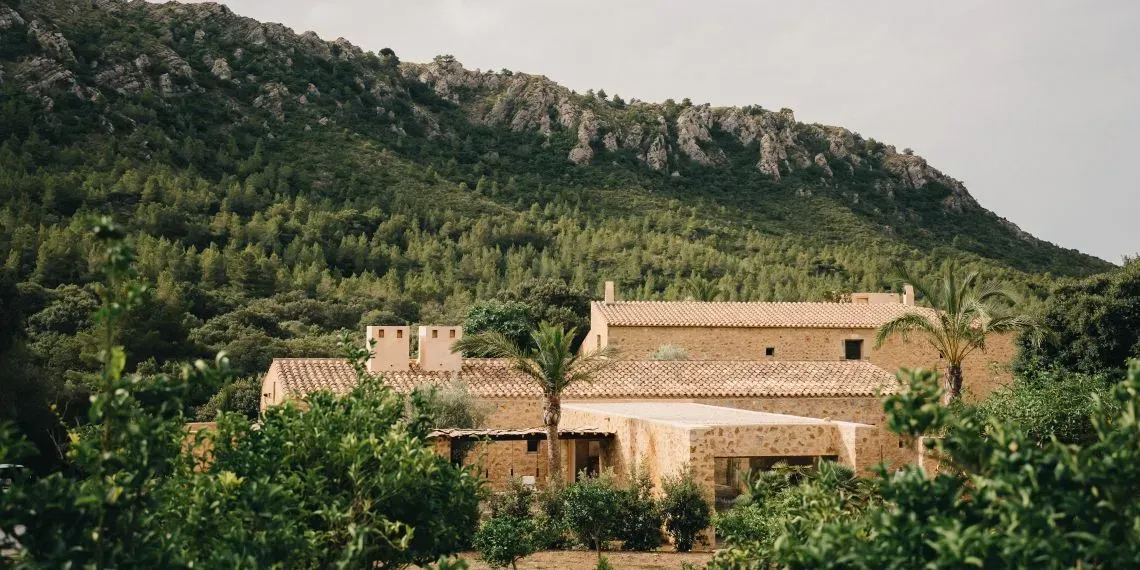
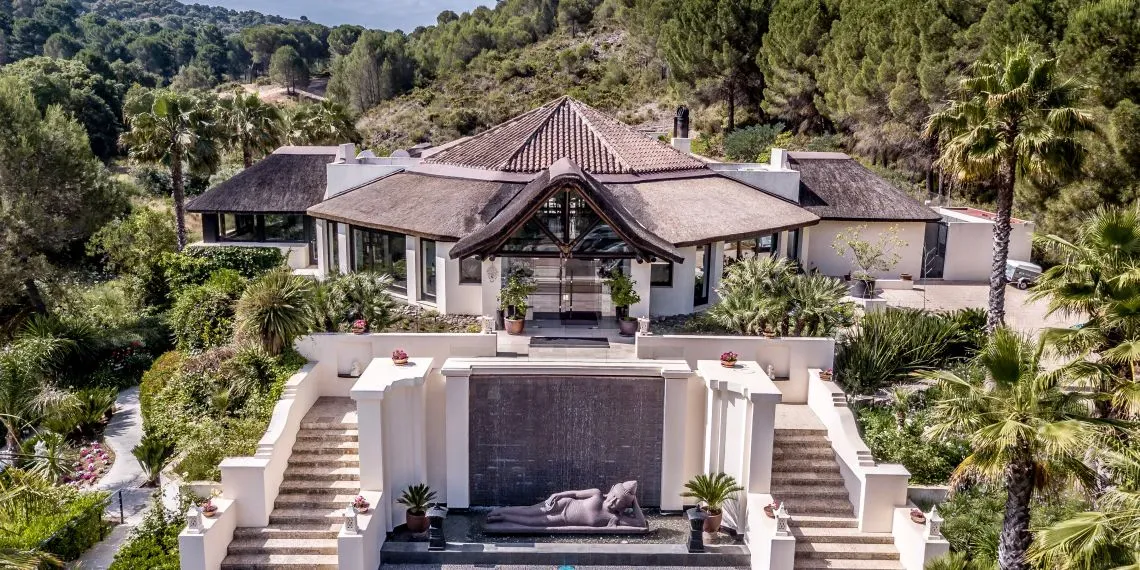
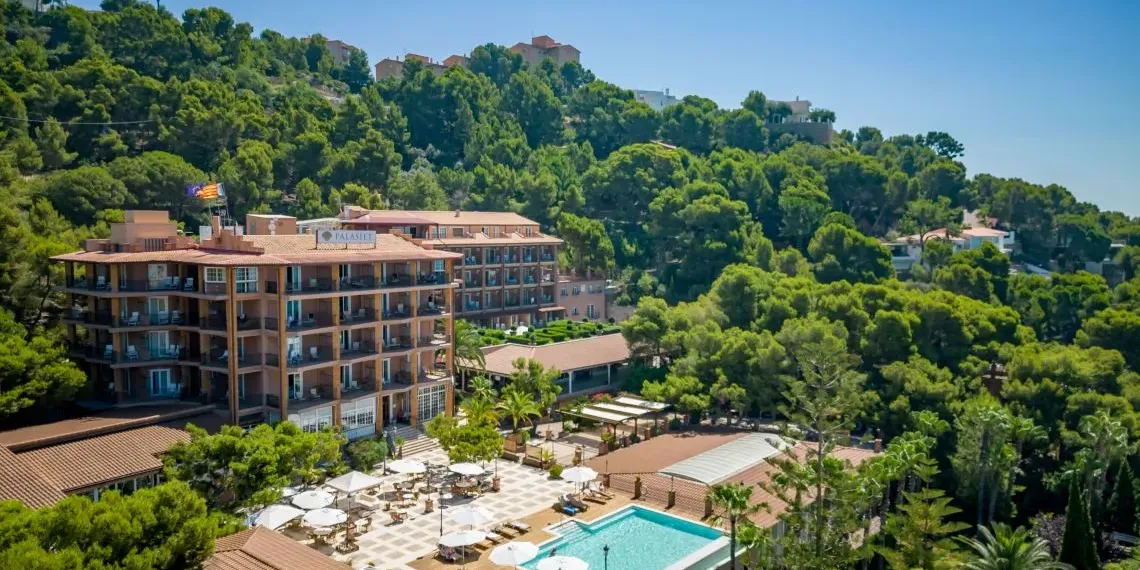
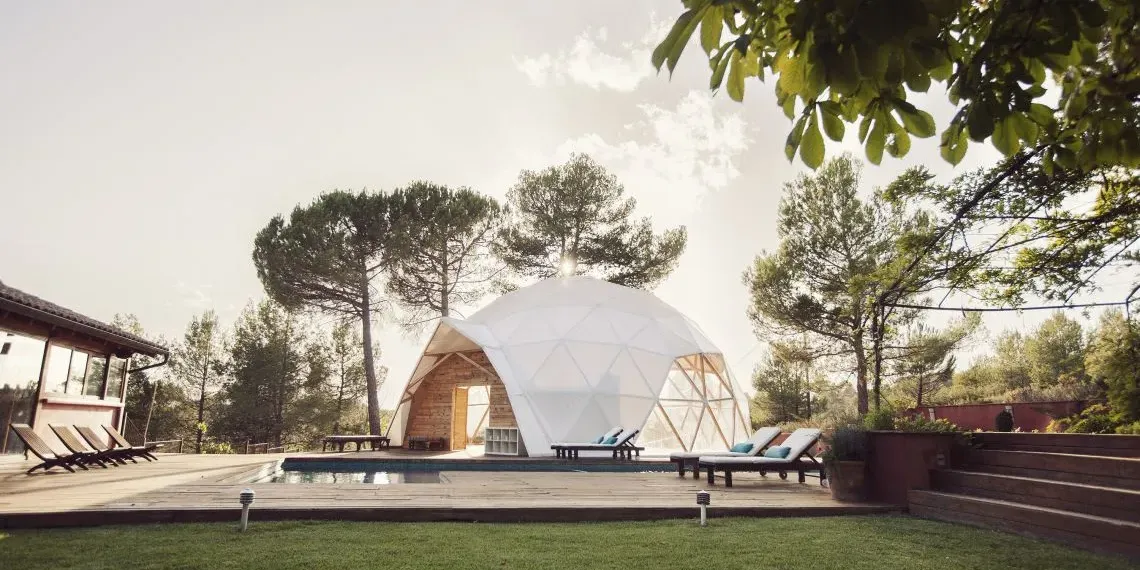
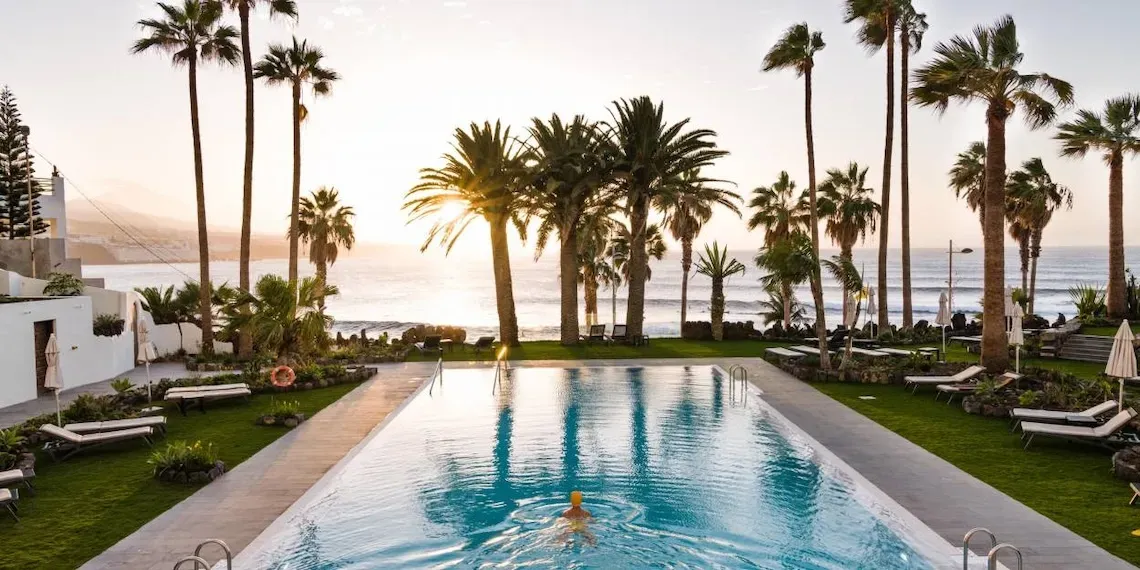
Why is Spain such a great Yoga holiday destination
Spain is considered a great destination for Yoga holidays for several reasons:
- Warm climate: Spain has a warm Mediterranean climate, which is perfect for outdoor activities and relaxation.
- Beautiful beaches: The country has over 5,000 miles of coastline, with beautiful beaches that offer opportunities for sunbathing, swimming, and other water sports.
- Spa, Health and Wellbeing culture: Spain has a rich history of spa culture, with many world-renowned spa resorts offering a variety of treatments, including hydrotherapy, massage, and other forms of therapy.
- Healthy food: Spanish cuisine is known for its healthy and fresh ingredients, such as olive oil, seafood, and vegetables, making it a great choice for those who want to focus on healthy food during their holiday.
- Outdoor activities: With a varied landscape that includes mountains, forests, and countryside, Spain offers many opportunities for outdoor activities such as hiking, cycling, and golf.
These factors, combined with its rich cultural heritage, good flight connections to many Spanish cities and affordable prices, make Spain a popular choice for people seeking a Yoga holiday.
Spain is a great choice for luxury health & wellbeing holidays
Apart from the fact it is a good spa and wellbeing destination, Spain is also a popular destination for luxury Yoga holidays, offering a range of high-end experiences for travelers. Some of the reasons why Spain is considered a top destination for luxury Yoga holidays include:
- World-class hotels: Spain is home to some of the world's most luxurious hotels, including historic castles, contemporary designer hotels, and charming countryside retreats.
- Stunning coastal resorts: Spain is known for its beautiful coastal resorts, including the Costa del Sol, the Costa Brava, and the Balearic Islands. Visitors can relax on golden beaches, enjoy water sports, or indulge in high-end dining experiences.
- Rich cultural heritage: Spain is home to a rich cultural heritage, including historic cities like Madrid, Seville, and Barcelona, as well as ancient sites like the Alhambra and the Sagrada Familia. Visitors can immerse themselves in the country's history and culture, visiting famous museums, art galleries, and historic sites.
- Gourmet cuisine: Spain is renowned for its delicious cuisine, including tapas, paella, and sangria. Visitors can indulge in high-end dining experiences, with many hotels and restaurants offering gourmet menus and wine pairings.
- Adventure activities: Spain is a popular destination for adventure activities, including hiking, cycling, and water sports. Visitors can explore the country's stunning natural beauty, from the Pyrenees Mountains to the Sierra Nevada National Park.
What is Yoga
Yoga is a holistic practice that originated in ancient India and has been practiced for thousands of years. The word 'yoga' comes from the Sanskrit word 'yuj', which means 'to join' or 'to unite'. It encompasses physical postures, breath control and meditation for a physically, mentally and spiritually balanced you. In yoga, people do different body positions called "asanas" to become more flexible and strong. You also learn to control your breathing to feel relaxed and focused. At its core, yoga seeks to unify the body, mind and spirit.
Yoga is not just about the physical part; it also includes meditation and mindfulness to help you stay calm and reduce stress. Yoga postures are designed to increase strength, flexibility, and balance, while also improving body awareness. They are typically practiced in conjunction with conscious breathing, which helps to focus the mind and deepen the connection between body and mind. Beyond the physical aspect, yoga also emphasizes mindfulness and meditation. By practicing mindfulness, individuals develop a heightened sense of awareness and a greater ability to live in the present moment. Meditation, on the other hand, involves focusing the mind and achieving a state of deep relaxation and inner calm.
Yoga has gained popularity worldwide and is practiced by people of all ages and fitness levels. It offers numerous physical and mental benefits, including improved flexibility, strength, stress reduction and mental clarity. It is important to note that while yoga can be physically challenging, it is ultimately a personal journey, and each individual is encouraged to practice at their own pace and level of comfort.
Yoga Holidays and Yoga Retreats
Finding the best yoga holiday or retreat requires some research and consideration of your preferences. Here are some steps to help you in your search:
- Identify your preferences: Determine what you're looking for in a yoga retreat. Consider factors like the destination, type of yoga, travel in group or alone, duration, type of accommodation, and any specific activities or amenities you'd like to have.
- Set a budget: Decide on your budget range for the retreat. Yoga retreats can vary widely in cost, so having a budget in mind will help narrow down your options.
- Read reviews and testimonials: Look for reviews and testimonials from past participants to get an idea of the experiences others had with the retreat you're interested in. Positive feedback from previous attendees can be reassuring. It can help to search on reviews of likeminded travellers, such as solo-traveller or in couples.
- Consider the schedule: Check the retreat's itinerary to see if it aligns with your expectations. Some retreats may focus on intensive yoga practice, while others might include more free time for exploration and relaxation.
- Check for inclusivity: If you have any specific dietary requirements or mobility needs, make sure the retreat can accommodate them.
- Group dynamics: Consider whether you prefer a large or small group setting. Some people enjoy the energy of a larger group, while others prefer a more intimate experience.
- Book in advance: Once you find a retreat that meets your criteria and fits your schedule, book early to secure your spot, as popular retreats can fill up quickly.
By following these steps, you'll be well on your way to finding the perfect yoga holiday or retreat that aligns with your needs and ensures a rejuvenating and fulfilling experience. Our experts are ready to help you find your dream holiday.
Types of Yoga
Yoga retreats are suitable for all. Experience is not necessary; nor is flexibility a must. Flexibility is rather a welcoming side effect of yoga practice.Yoga classes are suitable for both beginners and experienced yogis. There are various types of yoga, each with its own focus and approach.The best style for you is mainly a question of how dynamic you would like the class to be. Here are some common types of yoga and a brief summary of what they entail:- Hatha Yoga: Hatha yoga is a gentle and slower-paced practice that emphasizes basic yoga postures and breathing exercises. It is great for beginners and helps improve flexibility, balance and relaxation.
- Vinyasa Yoga: Vinyasa yoga involves flowing from one posture to another in sync with the breath. It is a dynamic and more energetic practice that builds strength, flexibility and coordination.
- Ashtanga Yoga: Ashtanga is a physically demanding and structured style that follows a specific sequence of postures. It emphasizes strength, endurance, and breath control.
- Bikram Yoga: Bikram, also known as hot yoga, is performed in a heated room with a set sequence of 26 postures and two breathing exercises. It aims to improve flexibility, detoxify the body and enhance mental focus.
- Kundalini Yoga: Kundalini focuses on awakening the dormant energy within the body through a combination of postures, breathing, chanting and meditation. It promotes spiritual awareness and emotional balance.
- Yin Yoga: Yin yoga involves holding passive stretches for an extended period, targeting the connective tissues and joints. It is a slow and meditative practice that enhances flexibility and relaxation.
- Restorative Yoga: Restorative yoga uses props to support the body in gentle postures, promoting deep relaxation and stress relief. It is particularly helpful for relaxation and healing.
- Iyengar Yoga: Iyengar yoga focuses on precision and alignment in postures. It uses props to assist in achieving correct alignment and is suitable for all levels of practitioners.
- Power Yoga: Power yoga is a fast-paced and vigorous style that challenges the body's strength and stamina. It aims to build muscle and increase overall fitness.
- Aerial Yoga: Aerial yoga involves performing yoga postures while suspended in a hammock. It helps with spinal decompression, core strength, and flexibility.
These are just a some examples of the many types of yoga available. Each style offers unique benefits, so you can choose the one that best suits their preferences, fitness level and wellness goals

 EN
EN NL
NL BE
BE







